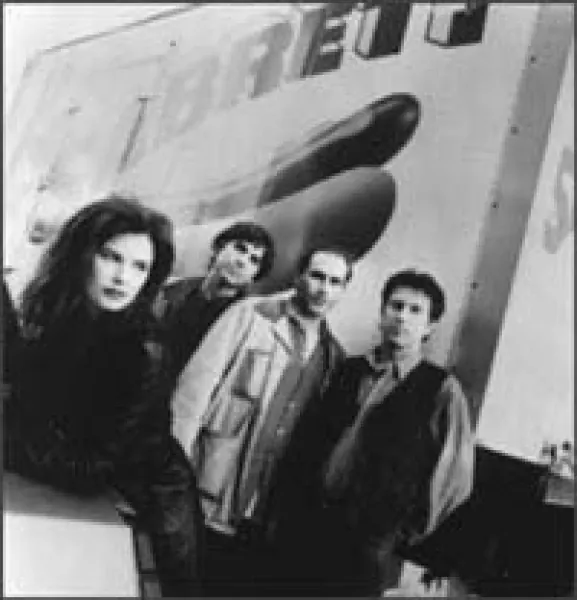
Cowboy Junkies
Top Cowboy Junkies albums
Top Cowboy Junkies lyrics
(You've Got To Get) A Good Heart
Cowboy JunkiesCowboy Junkies biography
Although it didn't originally have anything to do with their sound, the Cowboy Junkies' name wound up seeming pretty accurate: their music was grounded in traditional country, blues, and folk, yet drifted along in a sleepy, narcotic haze that clearly bore the stamp of the Velvet Underground. The vast majority of their songs were spare and quiet, taken at lethargic tempos and filled with languid guitars and detached, ethereal vocals courtesy of Margo Timmins. Over the late '80s and '90s, the group recorded a succession of critically acclaimed albums that found favor in the alternative rock community.br /br /The Cowboy Junkies were founded by guitarist/songwriter Michael Timmins and ba**ist Alan Anton (born Alan Alizojvodic), who first played together in a Toronto-based band called the Hunger Project in 1979. They later moved to the U.K. and played with an avant-garde instrumental outfit called Germinal, but eventually grew weary of the group's style and returned to Toronto in 1984. They started jamming with Timmins' brother, Peter, on drums, and in 1985 they recruited a vocalist in sister Margo, at the time a social worker who'd never sung publicly before. Dubbing themselves the Cowboy Junkies simply because the name had a ring to it, they formed their own independent label, Lament, and released their debut album, Whites off Earth Now!!, in 1986. Featuring only one original song, the album was recorded using only one microphone, and although it was initially available only in Canada, it helped them land a major-label deal with RCA. Their first widespread release was 1988's The Trinity Session, which was recorded inside Toronto's Holy Trinity church in the span of one night -- again using only one microphone. The Trinity Session became a cult hit, earning rave reviews from critics and substantial college-radio airplay for tracks like "Misguided Angel" and their cover of "Sweet Jane."br /br /Now an underground sensation, the Cowboy Junkies decided to concentrate more on Michael Timmins' original material for the bigger-budget follow-up, 1989's The Caution Horses. The album didn't cause quite as much of a stir, although it helped maintain their cult fan base. 1992's even more countrified Black-Eyed Man found Timmins settling more comfortably into his songwriting voice, which set the stage for 1993's Pale Sun, Crescent Moon. Hailed as their finest effort since The Trinity Session, the record bore more influence from rock and blues, and returned the Junkies to critics'-darling status. However, it also proved to be their final album of new material for RCA. As the band left for Geffen, RCA issued the two-disc live compilation 200 More Miles and the best-of Studio. Meanwhile, the Junkies debuted for Geffen in 1996 with Lay It Down, a relatively high-volume effort compared to their shimmering early work. Following 1998's Miles From Our Home, the group parted ways with Geffen and revived their own Latent label. Their first release was the 2000 live album Waltz Across America, which was initially available only through the band's website. They followed it a year later with an album of all-new material, Open. One Soul Now followed in 2004. In 2005, the group released Early 21st Century Blues, a collection of covers--and two originals--that dealt with "war, violence, fear, greed, ignorance and loss". Recorded in just five days, it harkens back to their landmark 1987 release, the Trinity Sessions. ~ Steve Huey, All Music Guide
